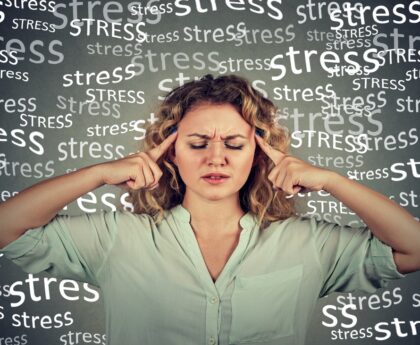In the world of scientific research and experimentation, laboratory equipment plays a pivotal role in generating accurate and reliable results. To maintain the efficiency and accuracy of these instruments, proper maintenance is crucial. In this article, we will delve into the importance of laboratory equipment maintenance and provide you with a comprehensive guide to ensure the longevity and optimal performance of your scientific tools.
Laboratory equipment serves as the backbone of scientific advancements and breakthroughs. To ensure the credibility of research outcomes, consistent and accurate performance of these tools is imperative. This article dives deep into the realm of laboratory equipment maintenance, shedding light on the best practices to optimize their functionality and extend their lifespan.
The Significance of Laboratory Equipment Maintenance
Maintaining laboratory equipment is not just a routine chore; it’s a strategic approach to safeguarding the integrity of your research. Regular maintenance prevents inaccuracies, reduces downtime, and ultimately saves both time and resources. Well-maintained equipment ensures that experiments are conducted under controlled conditions, leading to more dependable results.
Essential Maintenance Practices
Cleaning and Sanitization
Proper cleaning and sanitization are the foundation of equipment maintenance. Contaminants can interfere with experiments and compromise the reliability of results. Regular cleaning with suitable agents and techniques ensures that equipment remains free from residues that might skew outcomes.
Calibration and Testing
Calibration is pivotal to equipment accuracy. Regularly calibrating instruments guarantees that they perform within established tolerances. Testing should be a routine procedure to identify any deviations promptly.
Regular Inspections
Frequent inspections allow the identification of wear and tear, loose parts, or potential issues. Addressing these concerns early prevents major breakdowns and reduces the need for extensive repairs.
Creating a Maintenance Schedule
Setting Priority Levels
Different equipment might require varying levels of attention. Establish a priority system to focus on critical instruments while still maintaining others adequately.
Documentation
Maintain a detailed record of maintenance activities. This documentation aids in tracking the history of each instrument, allowing for better decision-making regarding repairs, replacements, or upgrades.
Common Challenges in Equipment Maintenance
Budget Constraints
Allocating funds for equipment maintenance can be a challenge, especially in research environments with limited budgets. However, it’s essential to understand that investing in maintenance now can save substantial costs in the long run.
Technological Advancements
As technology evolves, older equipment might become harder to maintain due to a lack of replacement parts or outdated methodologies. Adapting to these changes requires a proactive approach, including training and potentially phasing out obsolete instruments.
Training and Skill Development
In-House Training Programs
Equip your staff with the knowledge and skills needed to conduct basic maintenance tasks. In-house training ensures that minor issues can be addressed swiftly without relying on external support.
Collaborating with Manufacturers
Manufacturers often provide training and support packages. These collaborations can lead to better equipment understanding, efficient troubleshooting, and access to genuine replacement parts.
Extending Equipment Lifespan
Proper Handling and Usage
Educate users about proper handling techniques. Mishandling can lead to premature wear and tear, impacting both accuracy and lifespan.
Environment Control
Maintain the laboratory environment to be conducive to equipment longevity. Factors such as temperature, humidity, and lighting can affect the performance of sensitive instruments.
Safety Measures during Maintenance
Personal Protective Equipment (PPE)
During maintenance, the safety of personnel is paramount. Provide appropriate PPE to safeguard against potential hazards, including chemical exposure or electrical shocks.
Chemical Handling
When using cleaning agents or reagents, ensure proper handling and disposal. Chemical mishandling can damage equipment and pose risks to personnel.
Troubleshooting and Quick Fixes
Identifying Common Issues
Familiarize yourself with common equipment issues. Prompt identification simplifies troubleshooting and speeds up the resolution process.
Simple Repairs
Empower your team to perform minor repairs like replacing worn-out parts or fixing loose connections. This reduces downtime and the need for external assistance.
When to Seek Professional Help
While basic maintenance can resolve most issues, some problems require professional intervention. Knowing when to seek expert help prevents further damage and ensures accurate repairs.
Cost-Benefit Analysis of Maintenance
Perform a cost-benefit analysis to highlight the long-term advantages of regular maintenance. This approach can help secure necessary funds and resources for upkeep.
Conclusion
Laboratory equipment maintenance is not a task to be overlooked; it’s a commitment to accurate research, reliable results, and scientific advancement. By implementing diligent maintenance practices, laboratories can ensure optimal equipment performance, contributing to the integrity and progress of their work.


